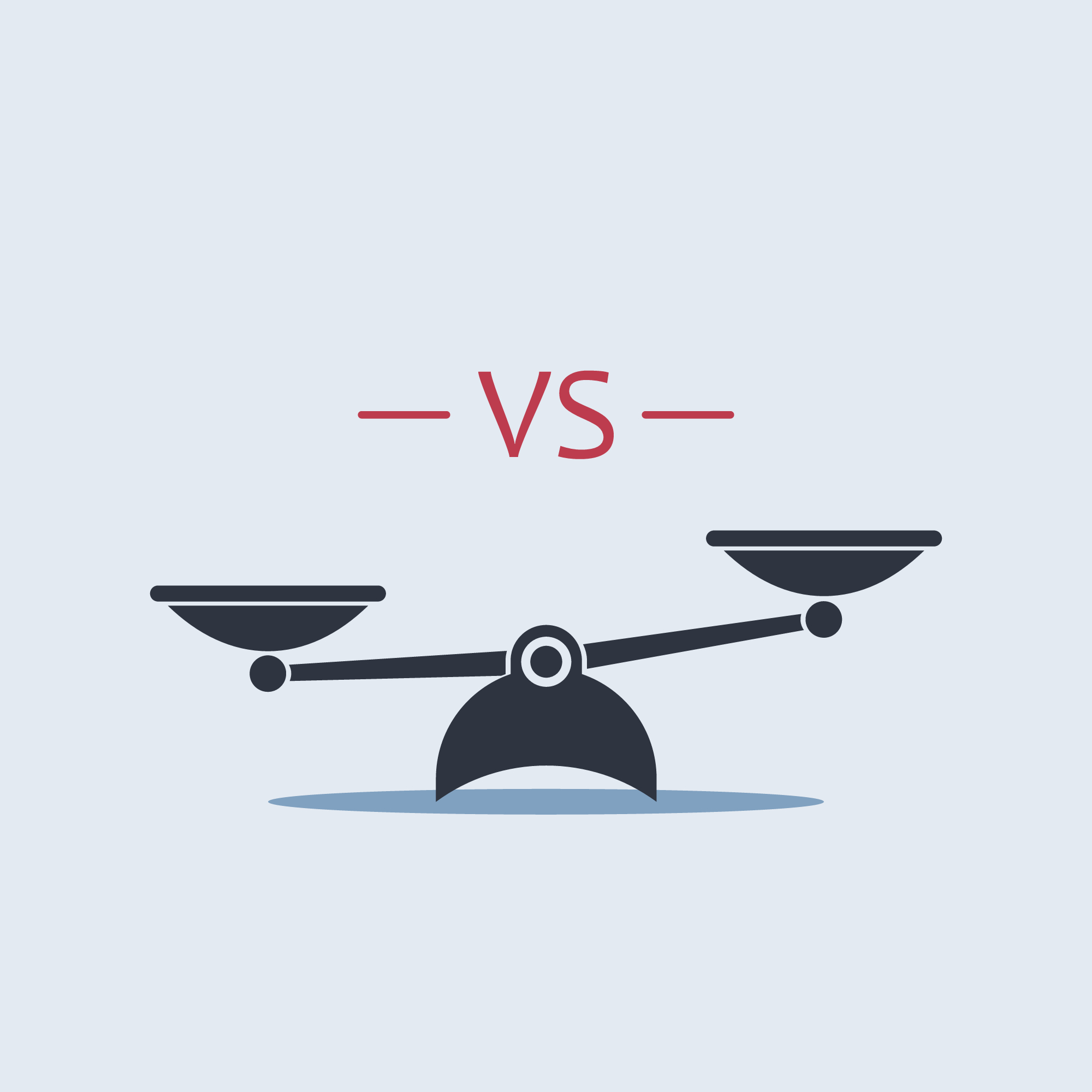
Last week, the Federal Reserve approved a 0.25 percentage point rate hike to fight high inflation. Notably, the Consumer Price Index (CPI) stood at 7.87% in February 2022 in the U.S., which is a 40-year high. Most analysts anticipate another six interest rate hikes in 2022 to stabilize the economy.
A higher interest rate environment is beneficial for the financial industry. That’s because their profit margins expand as rates climb.
With this in mind, today I will analyze and compare two bank stocks, Bank of America Corporation (BAC) and Wells Fargo & Company (WFC), to determine which stock is currently a better investment.
BAC is a diversified bank that provides multiple banking and financial products and services for consumers, institutional investors, companies, and governments worldwide. WFC is one of the largest financial services companies that serves one in three U.S. households and around 10% of middle-market companies in the United States.
Year-To-Date (YTD), shares of BAC dropped about 3%, and WFC stock lifted around 6.5% over the same period.
Recent Developments
On March 8th, Baird analyst David George upgraded Bank of America to "Neutral" from "Underperform" due to improving risk-reward profile caused by the stock's pullback. The analyst noted that Q1 2022 bank trends look uncertain due to a challenging near-term revenue outlook. On the other hand, average rates grew from Q4 with additional positive trends in fee revenue from trading, investment banking, and mortgage. However, the firm remained unchanged with a price target of $42 on BAC shares. The Baird analyst also suggested considering Wells Fargo's stock amid recent weakness.
Financial Overview & Analysts Estimates
On January 19th, Bank of America reported earnings for the fourth quarter of 2021. In Q4, BAC’s revenue was up 9.8% year-over-year to $22.06 billion, however missing analysts' estimates by $130 million. The bank’s GAAP EPS came in at $0.82, surpassing Wall Street consensus by $0.06.
Bank of America's fourth-quarter net interest income has been reported 11% higher year-over-year at $11.4 billion, driven by strong deposit growth and investment of excess liquidity. BAC’s non-interest income increased 8% YoY to $10.7 billion in Q4 due to record asset management fees and record investment banking revenue. Also, the bank continues to be well-capitalized with a common equity Tier 1 ratio of 10.6%, well above the regulatory requirement of 8%. BAC also has a 1.95% forward dividend yield.
Currently, Wall Street forecasts BAC's earnings to decrease 11.03% in the first quarter of 2022 to $0.77 a share. Furthermore, analysts expect its Q1 top line will moderately rise to $23.08 billion, showing a 1.15% year-over-year increase.
In the fourth quarter of 2021, Wells Fargo's total revenue rose 12.8% year-over-year to $20.86 billion, beating analysts' estimates by $2.25 billion. Also, WFC reported GAAP EPS of $1.38, topping expectations by $0.25.
WFC's fourth-quarter net interest income of $9.26 billion decreased by about 1% YoY. However, its noninterest income stood at $11.59 billion, up 27% from the prior-year period, caused primarily by solid results in affiliated venture capital and private equity businesses and net gains from the sales of its divested businesses. Besides, the bank is estimated to pay its shareholders an annual dividend of $1.00, leading to a forward yield of 1.96%.
For the first quarter, analysts anticipate WFC’s EPS to be $0.85, showing 17.93% year-over-year deceleration. Following the same trend, an $17.90 billion average revenue estimate for the current quarter shows about a 1% YoY decrease.
Comparing Valuations
In terms of Forward Non-GAAP P/E, BAC is currently trading at 13.22x, which is slightly higher than WFC, whose multiple is presently at 12.75x. In addition, both multiples are relatively close to the sector's median of 11.37x.
When it comes to the Forward Non-GAAP PEG multiple, BAC's multiple of 1.56x is about 31% higher than WFC's 1.19x.
Options Traders Betting On A WFC Rise
The options, which expire on May 20th, 2021, saw increased call buying on Wednesday. The open interest for the $57.50 calls rose by 10,232 contracts to a total of 18,785 open contracts (source: barchart.com). A buyer of those calls would need the stock to climb to $58.2 by the May expiration, a gain of about 14% from WFC's current price.
Conclusion
I believe that WFC is a better investment than BAC at the moment. In my opinion, WFC is positioned to benefit better from the higher interest rates environment, considering its relatively better financials and lower valuation. In addition, options traders are bullish on WFC, which can be evidenced by the recent option transactions.
BAC shares were trading at $43.36 per share on Thursday morning, up $0.27 (+0.63%). Year-to-date, BAC has declined -2.06%, versus a -5.67% rise in the benchmark S&P 500 index during the same period.
About the Author: Oleksandr Pylypenko

Oleksandr Pylypenko has more than 5 years of experience as an investment analyst and financial journalist. He has previously been a contributing writer for Seeking Alpha, Talks Market, and Market Realist.
Better Buy for 2022: Bank of America vs. Wells Fargo StockNews.com






